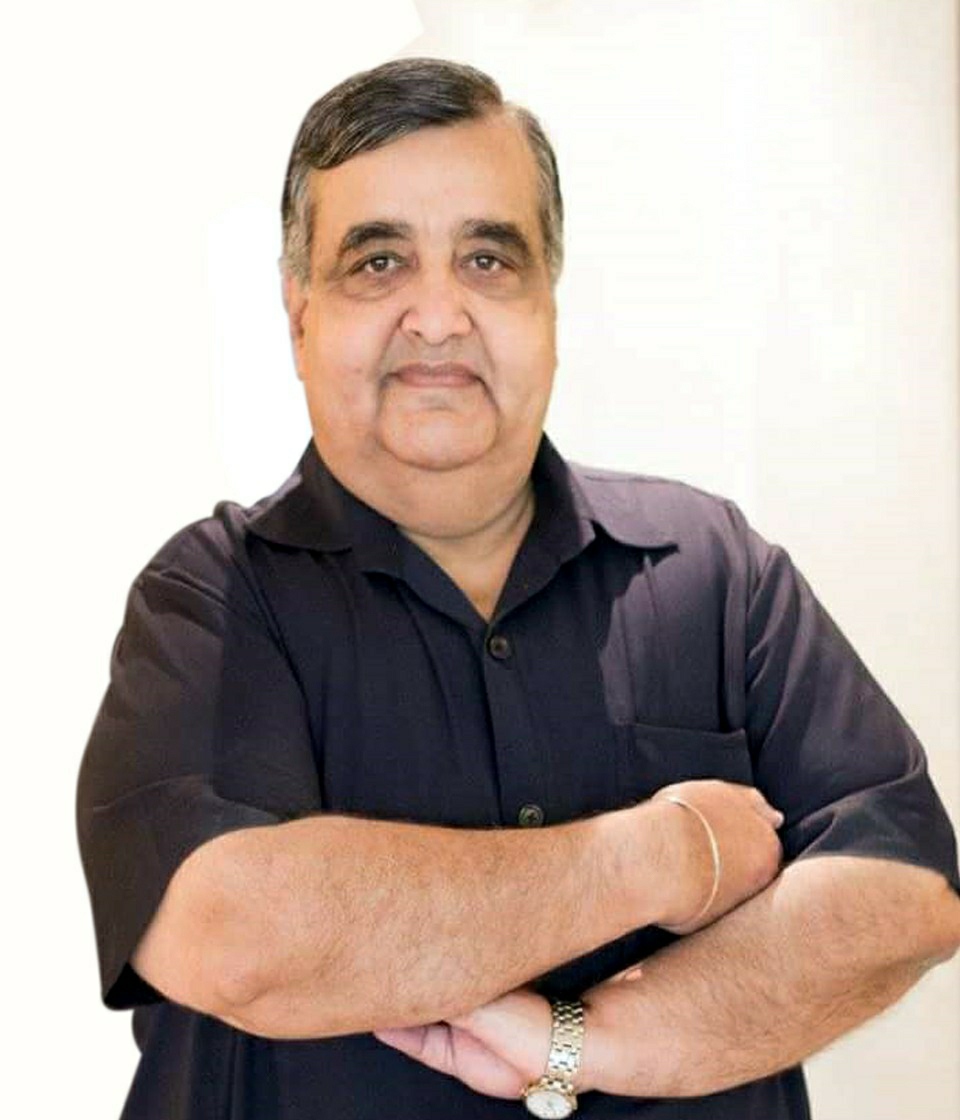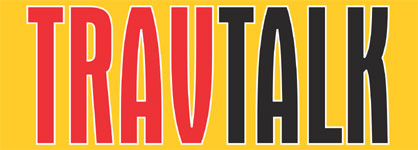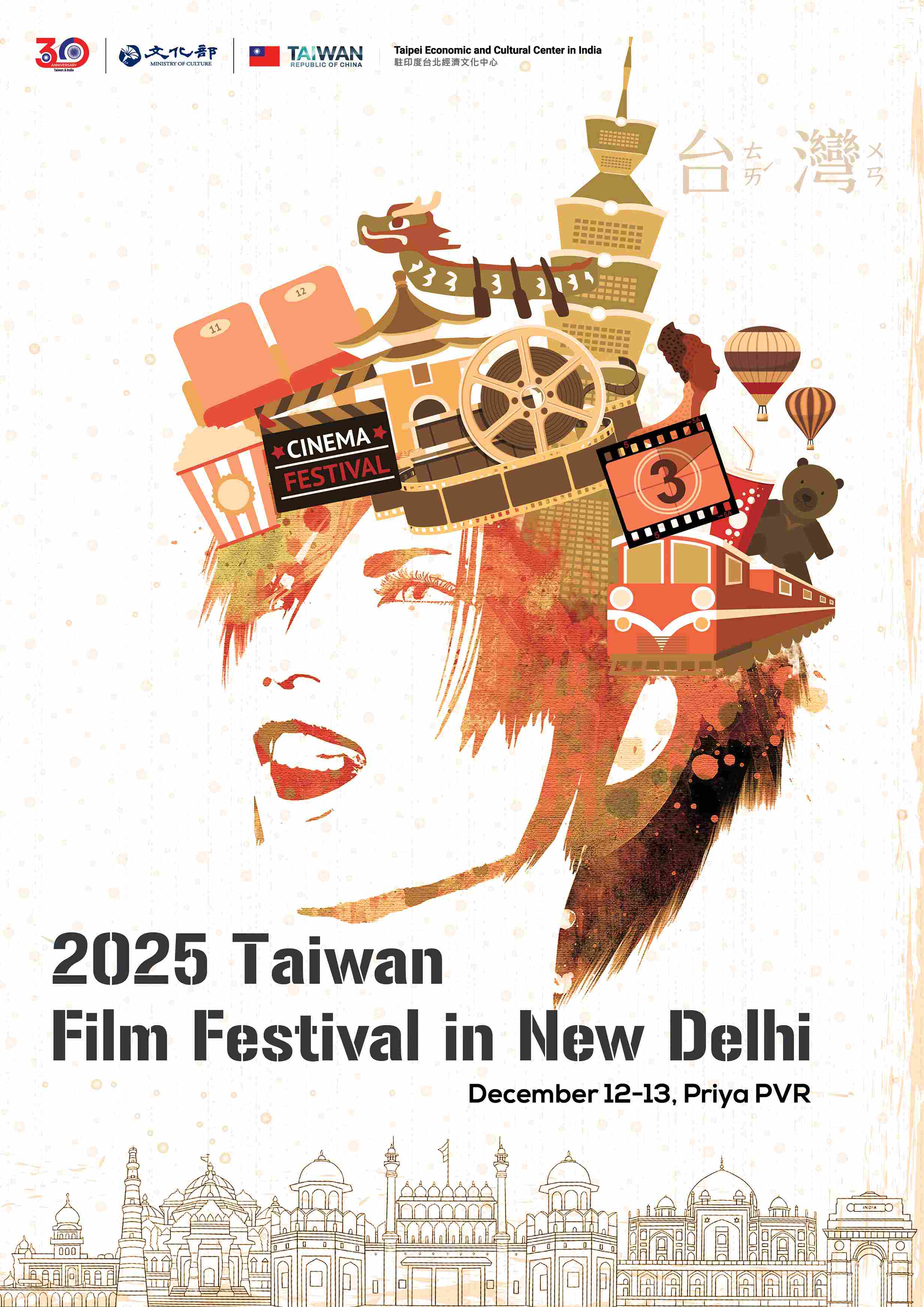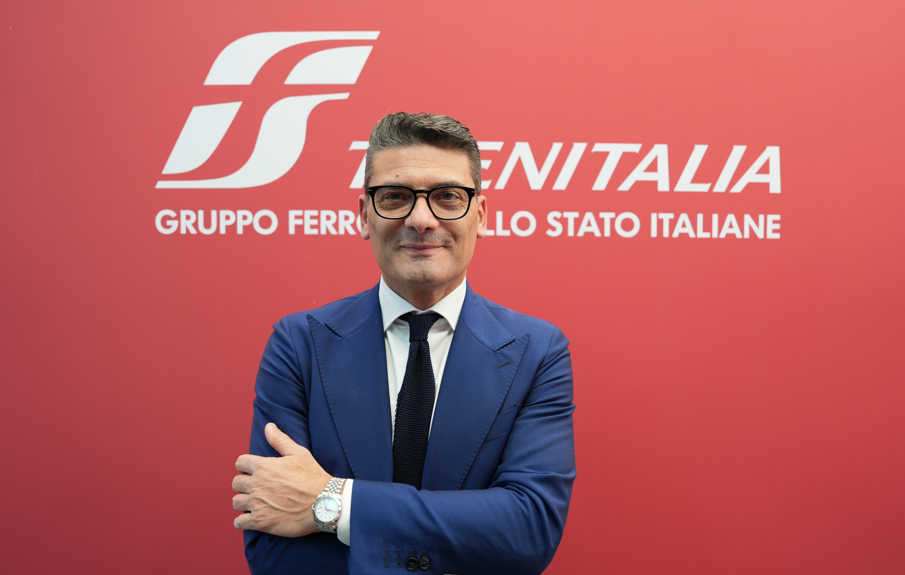As India eyes a rebound in inbound tourism, a fresh bottleneck threatens momentum — visa restrictions for Chinese travellers. Despite resumed flights and rising demand ahead of the Chinese New Year, slow processing, limited quotas, and city-specific permits risk derailing one of India’s most promising source markets.
Byline: Janice Alyosius
India’s long-awaited revival of Chinese inbound tourism is facing a critical roadblock — a severe visa bottleneck that risks derailing upcoming travel from one of the world’s largest outbound markets. Despite the reopening of air connectivity and optimism among Indian tour operators, ground realities tell a different story: limited visa quotas, slow processing timelines, and restrictive travel conditions are discouraging Chinese visitors and jeopardising business recovery just ahead of the Chinese New Year peak season.
The existing Indian visa system allows only paper visa applications—processed solely through Indian embassies and consulates in Beijing, Shanghai, and Guangzhou—severely limiting capacity. For a country aspiring to reclaim pre-pandemic inbound levels, this restriction not only slows bookings but threatens to wipe out a valuable tourism season.
 Rajiv Mehra, General Secretary, FAITH, said that the current setup has created unnecessary obstacles for potential visitors. “The present position of the Chinese visa for Chinese nationals is that only paper visas are allowed and that too through the Indian Embassy in Beijing or consulates in Shanghai and Guangzhou. What we understand is that there is a limitation of applications per day for each embassy or consulate,” he explained.
Rajiv Mehra, General Secretary, FAITH, said that the current setup has created unnecessary obstacles for potential visitors. “The present position of the Chinese visa for Chinese nationals is that only paper visas are allowed and that too through the Indian Embassy in Beijing or consulates in Shanghai and Guangzhou. What we understand is that there is a limitation of applications per day for each embassy or consulate,” he explained.
He further noted that delays in processing—ranging from 45 to 60 days—are forcing tour operators to hold or cancel group bookings. “This is not encouraging news for Chinese nationals who want to visit India. The government should immediately lift restrictions and start accepting more applications daily. Eventually, the government should also reinstate e-visas for Chinese nationals, which were available earlier,” Mehra urged.
Highlighting the urgency of the matter, Mehra pointed out that the Chinese New Year, one of the busiest travel periods, falls in the first week of February. “There are a lot of bookings for people to come to India, but due to this visa problem everything is on hold. If we do not act now, we risk losing a huge opportunity for both the Indian economy and Indian tour operators,” he warned.
 Echoing similar concerns, Sunil Mishra, Hony. Secretary, IATO, said that while official announcements suggest visa services are open, the on-ground reality paints a grim picture. “In Beijing, the quota stands at 200 passports per day, but no appointments are currently available. Shanghai has a quota of 80 visas daily, with around 40–50 being processed, while Guangzhou’s quota of 80 sees only 3–4 applications processed each day. Though the official processing window is within seven days, the actual turnaround time remains 45–60 days. This is very discouraging,” he said.
Echoing similar concerns, Sunil Mishra, Hony. Secretary, IATO, said that while official announcements suggest visa services are open, the on-ground reality paints a grim picture. “In Beijing, the quota stands at 200 passports per day, but no appointments are currently available. Shanghai has a quota of 80 visas daily, with around 40–50 being processed, while Guangzhou’s quota of 80 sees only 3–4 applications processed each day. Though the official processing window is within seven days, the actual turnaround time remains 45–60 days. This is very discouraging,” he said.
Mishra also raised concerns about restrictive visa conditions that limit tourists to specific cities. “If a traveller applies for the Golden Triangle—Delhi, Agra, Jaipur—those cities are mentioned on the visa. The visitor cannot stay in Gurugram or Noida or modify the itinerary. This kind of city-specific visa is extremely restrictive and sends the wrong message,” he explained.
Adding to the irony, direct flights between India and China have recently resumed, including services from Delhi and Kolkata. “Flights are restarting, but if we do not facilitate visas, they will fly half-empty or carry only Indian passengers. This will widen the tourism deficit,” Mishra cautioned.
Both Mehra and Mishra emphasised that India must act swiftly to reinstate e-visas and increase processing capacity to salvage the upcoming travel season. “China represents one of the biggest outbound markets in the world,” said Mishra. “If we continue to delay, we risk losing not just tourists—but credibility as a welcoming destination.”
 TravTalk India Online Magazine
TravTalk India Online Magazine



